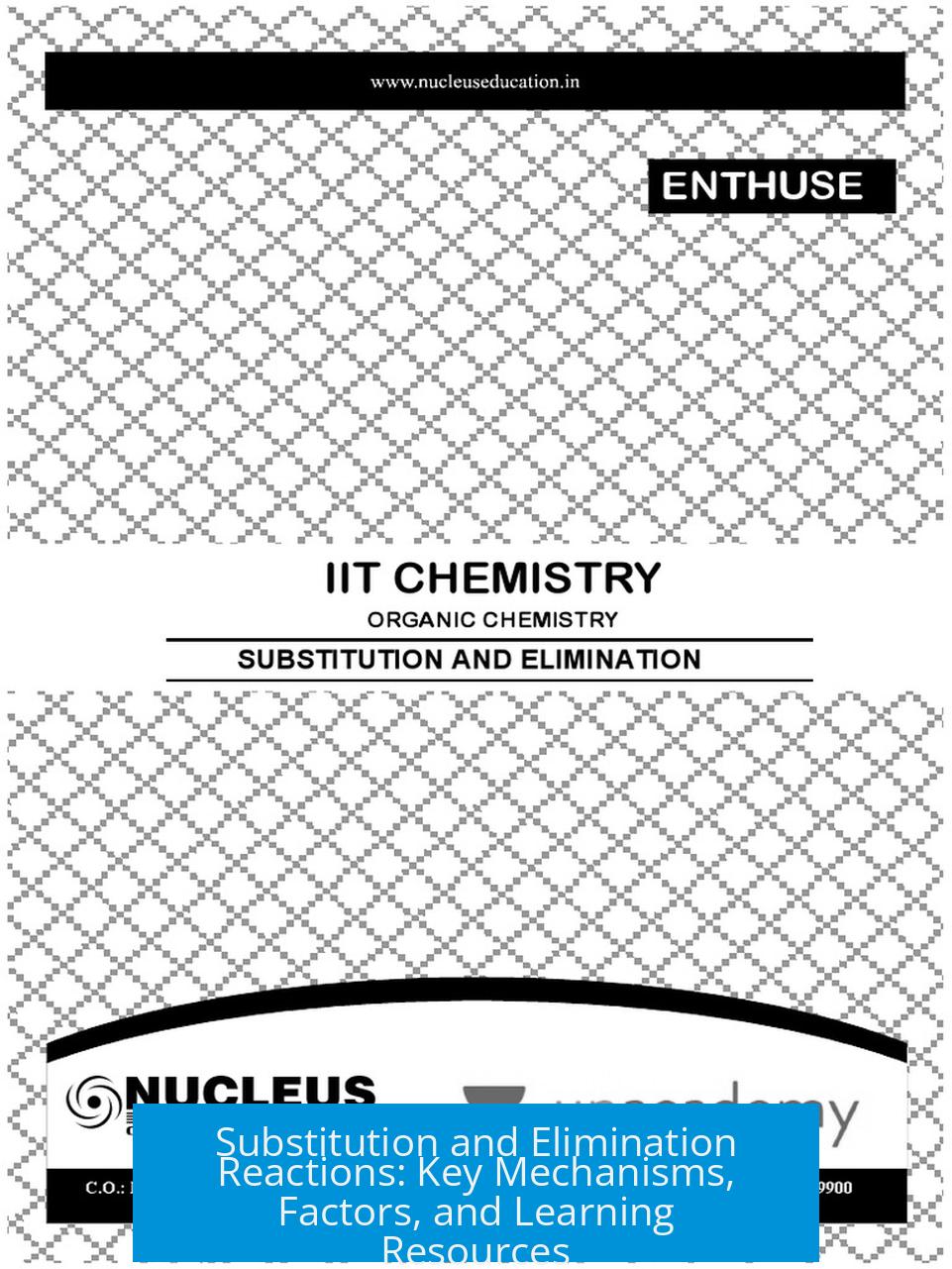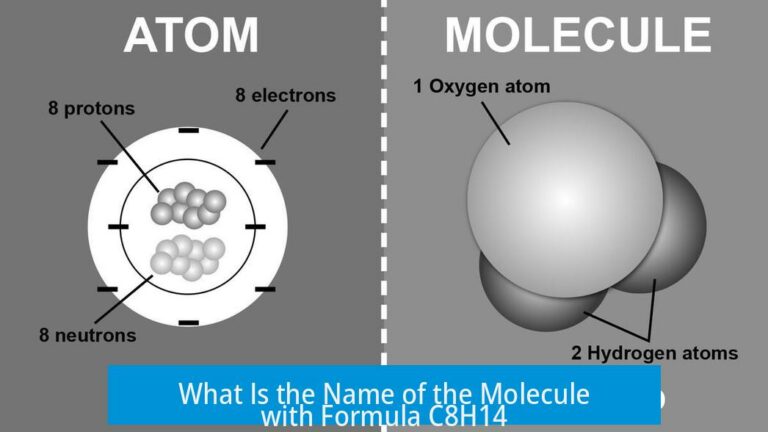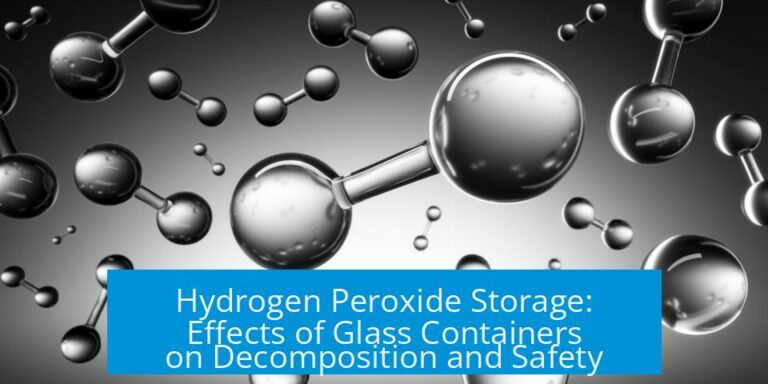Substitution and Elimination Reactions: A Detailed Guide
Substitution and elimination reactions are fundamental processes in organic chemistry, describing how molecules undergo changes by replacing or removing atoms or groups. Understanding when and how these reactions occur requires analyzing the substrate structure, the nucleophile or base involved, and reaction conditions.
Overview of Nucleophiles and Bases
Substitution and elimination reactions depend heavily on the reagent’s nature. Reagents are broadly classified as nucleophiles or bases, each with specific characteristics affecting reaction pathways.
Strong Nucleophiles
- Typically carry a negative charge.
- Commonly paired with counter-ions such as potassium (K) or sodium (Na).
- Examples include sodium cyanide (NaCN) and iodide ion (-I).
Strong nucleophiles effectively donate electron pairs to electrophilic centers, facilitating substitution reactions, especially bimolecular nucleophilic substitutions (SN2).
Strong Bases
- Often deprotonated alcohols like methoxide (-OCH3) or hydroxide (-OH).
- Can act both as bases and nucleophiles depending on reaction conditions.
- Strong bases tend to deprotonate substrates, encouraging elimination processes.
Strong bases with conjugate acids having pKa values above 11 are particularly effective for elimination through proton abstraction.
Reaction Mechanisms and Preferences
Whether substitution or elimination occurs depends on several factors including the carbon center attached to the leaving group, the nature of the nucleophile or base, and the steric environment.
SN2 Reactions (Bimolecular Nucleophilic Substitution)
- Substrate Preference: Primary carbons are favored due to less steric hindrance.
- Reagent: Strong nucleophiles such as iodide (-I), cyanide (-CN), or hydroxide (-OH).
- Mechanism: Occurs via a one-step backside attack, inverting stereochemistry at the reactive center.
- Limitations: Tertiary substrates rarely undergo SN2 due to steric crowding preventing nucleophilic approach.
SN2 reactions proceed fast when the nucleophile is strong and the carbon is primary or methyl, enabling direct displacement with minimal branching or bulk.
E2 Reactions (Bimolecular Elimination)
- Substrate Preference: Secondary and tertiary carbons are preferred.
- Reagent: Strong bases like methoxide (-OCH3), hydroxide (-OH), or bulky bases such as tert-butoxide (tBuO-).
- Mechanism: A single-step, concerted process involving simultaneous removal of a proton and departure of the leaving group.
- Regioselectivity: Bulky bases favor formation of the least substituted alkene (Hofmann product).
E2 reactions require strong bases capable of abstracting a beta-hydrogen rapidly, favoring elimination over substitution, especially with sterically hindered substrates.
SN1 Reactions (Unimolecular Nucleophilic Substitution)
- Substrate Preference: Tertiary carbons predominantly; primary and methyl carbons are unstable for carbocation formation.
- Reagent: Weak nucleophiles such as water (H2O) or alcohols.
- Mechanism: Two-step mechanism with carbocation intermediate formation followed by nucleophile attack.
- Key Characteristic: Formation of relatively stable carbocation is essential.
SN1 reactions typically dominate when the nucleophile is weak and the substrate can stabilize a positive charge effectively after the leaving group departs.
E1 Reactions (Unimolecular Elimination)
- Substrate Preference: Similar to SN1, favoring tertiary or resonance-stabilized carbons.
- Reagent: Weak bases like water or alcohols.
- Mechanism: Carbocation intermediate forms first, then a proton is abstracted to form an alkene.
- Conjugate Acid pKa: Less than 11, indicating weak basicity.
E1 reactions often compete with SN1 reactions, typically occurring in conditions where elimination is thermodynamically favorable at elevated temperatures or with weak bases.
Influence of Substrate and Reagent on Reaction Outcome
Analyzing substrate structure and reagent strength aids in predicting predominant reaction pathways.
| Reaction Type | Substrate | Reagent | Common Outcomes |
|---|---|---|---|
| SN2 | Primary or methyl carbons | Strong nucleophiles (e.g., -I, -CN, -OH) | Substitution with inversion (Walden inversion) |
| E2 | Secondary or tertiary carbons | Strong bases (pKa >11), bulky bases (tBuO-) | Elimination, often yielding least substituted alkene with bulky bases |
| SN1 | Tertiary carbons (stable carbocation) | Weak nucleophiles (e.g., H2O) | Substitution via carbocation, racemization common |
| E1 | Tertiary or resonance-stabilized carbons | Weak bases (pKa <11, e.g., H2O) | Elimination via carbocation intermediate, forming alkenes |
Bulky Bases and Their Effect on Elimination
Bulky bases such as tert-butoxide (tBuO-) prevent nucleophilic substitution due to steric hindrance. Their size limits access to the carbon center, promoting elimination exclusively.
Eliminations by bulky bases tend to produce the less substituted alkene, known as the Hofmann product, differing from the more stable Zaitsev products observed with smaller bases.
Additional Educational Resources
Students can benefit significantly by using decision trees and interactive videos to master substitution and elimination reactions.
Decision Tree for Reaction Choice
A stepwise decision tree assists in determining whether SN1, SN2, E1, or E2 reaction occurs based on the substrate type, nucleophile/base strength, solvent, and temperature.
Visit the Master Organic Chemistry Decision Tree for comprehensive guidance.
Video Learning
Visualizing these reactions can enhance understanding. One recommended resource is the Organic Chemistry Tutor’s video explaining SN1, SN2, E1, and E2 mechanisms.
Find the video here. Practice involves pausing to predict the reaction mechanism, then verifying and analyzing the correct explanation.
Summary of Key Points
- Strong nucleophiles favor substitution, especially SN2 on primary carbons.
- Strong bases, particularly bulky ones, promote elimination via E2 on secondary and tertiary carbons.
- SN1 and E1 occur with weak nucleophiles/bases and stable carbocations, usually tertiary substrates.
- Bulky bases lead to less substituted (Hofmann) alkenes in elimination.
- Reaction choice depends on substrate structure, reagent strength, and base/nucleophile size.
What determines if a reaction follows SN2 or E2 mechanism?
The substrate and the reagent are key. SN2 favors primary carbons and strong nucleophiles. E2 prefers secondary or tertiary carbons and strong bases, especially those with conjugate acid pKa > 11.
Why do bulky bases favor E2 elimination over substitution?
Bulky bases like tBuO hinder nucleophilic attack, making elimination the only viable pathway. They form the least substituted alkene due to steric hindrance during the reaction.
Can SN1 reactions occur with primary substrates?
No, SN1 does not favor primary or methyl substrates. These form unstable carbocations, which discourages the SN1 pathway. Instead, SN2 is more common for primary substrates.
How does the strength of a base or nucleophile influence elimination versus substitution?
Strong nucleophiles favor substitution like SN2, while strong bases favor elimination such as E2. Weak nucleophiles and bases tend to promote SN1 and E1 mechanisms, respectively.
What is the role of conjugate acid pKa in elimination reactions?
For E2, bases with conjugate acid pKa above 11 are strong enough to promote elimination. E1 occurs with weak bases having conjugate acid pKa below 11, favoring elimination after carbocation formation.





Leave a Comment